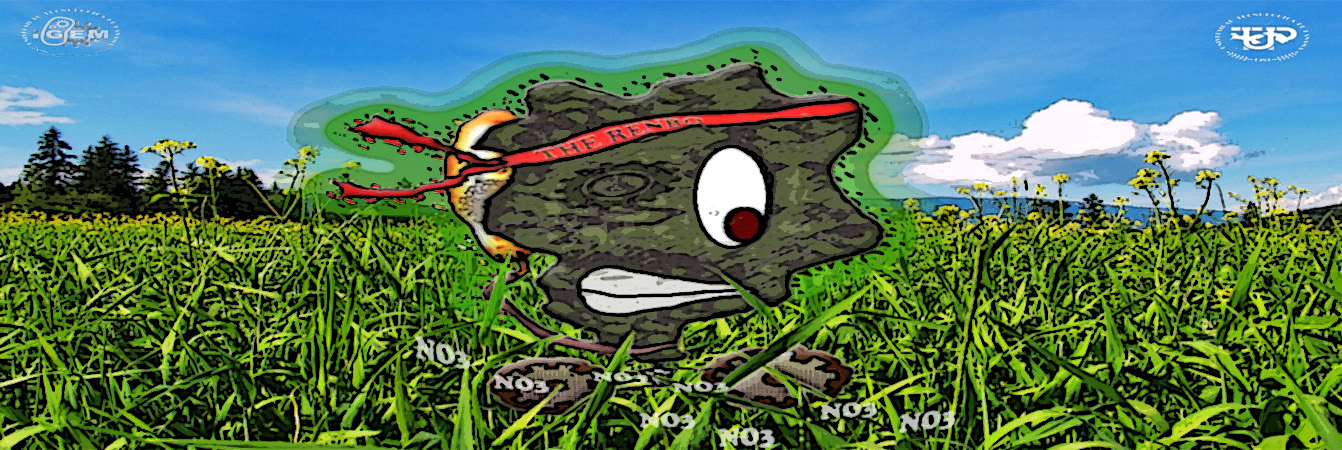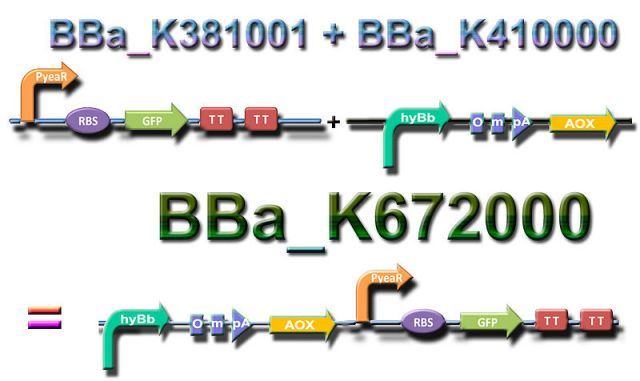Team:UTP-Panama/Project
From 2011.igem.org
|
Home |
THERMOGENIC RESPONSE NUTRIENT BIOSENSOR (THE RENBO)
INTRODUCTIONIn the engineering field , robust sensors are needed and it must be able to work under different conditions and ranges.
In past IGEM editions there were attempts to get more and more organisms (as machines & sensors) to be functional and resistant into multiple stress conditions. The UTP-Panama in its vision to develop engineering tools from biotechnology, seeks to improve and create more robust sensors to environmental and climatic conditions. In this sense, one of the biggest challenges is to achieve the ability of microorganisms to continue working under temperature changes, since they lose capacity at low temperatures (D'amico, et al. 2006). This problem has been attacked by different teams as the UNAM-Cinvestav 2010, using the CspA promoter as a better advocate for low temperatures in combination with antifreeze protein (AFP) [1]. Our UTP-Panama Team , seeks to extend the range of sensors from the use of the AOX enzyme (Alternative oxidase), which primarily has been designed to meet Cold-shock, raising the temperature. We explain why. The biosensor chosen for the improvements is the Nitrate Biosensor (PyeaR - composite GFP) developed by BCCS-Bristol Team 2010, which is a sensor to measure levels of nitrogen (nutrients) on the ground, important parameter for agricultureProject DescriptionThe original Biobricks para sensar los niveles de Nitratos en el suelo desarrollado por Bristol iGEM Team 2010[2], estaba diseñado para funcionar a temperaturas ambientes, en especial para 37°C, utilizando el Biobricks PyeaR promoter[3].
Nosotros el UTP-Panama iGEM team buscamos extender el rango de funcionamiento optimo del sensor desarrollado por Bristol a temperaturas por debajo de los 20°C, ya que muchos de los cultivos en Tierras altas (cafe y frutas), se encuentran en este rango. Para resolver este problemas encontramos que la utilización del AOX enzyme (Alternative oxidase), gene responsible for thermogenesis in the sacred lotus[4], principalmente utilizada en Synthetic Biology para generar un aumento en la temperatura periplasmatica, producia un interesante aumento en el crecimiento y densidades bacteriana con la dismunición de la temperatura [5]. Esta parte utiliza un promotor HybB [6]para "cold shock". Nosotros el UTP-Panama iGEM Team desarrollamos un nuevo "device" by combining the two parts, the AOX periplasmatic heat generator (Biobrick BBa_K410000) and the Nitrates biosensor (biobrick BBa_K381001), to create that we call THE RENBO, para lograr que nuestros medidores de Nutrientes funcione a bajas temperaturas. The Renbo is the first of a family of improved Biosensor that the UTP-Panama Team want to create.
Future DevelopsThe next step in our project is to interchange the HybB promoter by the CspA promoter (BBa_K328001), that is also a cold shock response sensor as hybB, that
The original BrainStorms ideasTo see the Original Project Description June-July 2011 click here. Our Project DesignThe Bristol BBa_k381001 encodes an expression of GFP in response of Nitrate or Nitrites that expresses fluorescent signals upon nutrient detection, its principal application is that allows farmers to quantify soil nutrient content. The BBa_k410000 is a fusion of the HydB cold shock promoter, the OmpA a signal peptide, and AOX 1 . AOXa is a alternative oxidase found in Sacred Lotus. This is going to produce a increase of heat above ambient temperature as follow: · From 20 °C to 30 ° C the HydB promoter will express. By combining BBa_k38100 and BBa_k410000 we expected our part , the BBa_K672000 , to be able to sense nitrate and nitrites even after experiencing a cold shock at 20º C, making our BB employable in other places where the temperatures can be as low as 15º C.
REFERENCES[1]https://2010.igem.org/Team:Mexico-UNAM-CINVESTAV/Project/Our_project [2]http://partsregistry.org/Part:BBa_K216005
REFERENCES[1]https://2010.igem.org/Team:Mexico-UNAM-CINVESTAV/Project/Our_project AknowledgementsTo: Dr Nigel Savery University of Bristol To help us to understand the AgrEcoli Experiments and Project. |
 "
"

